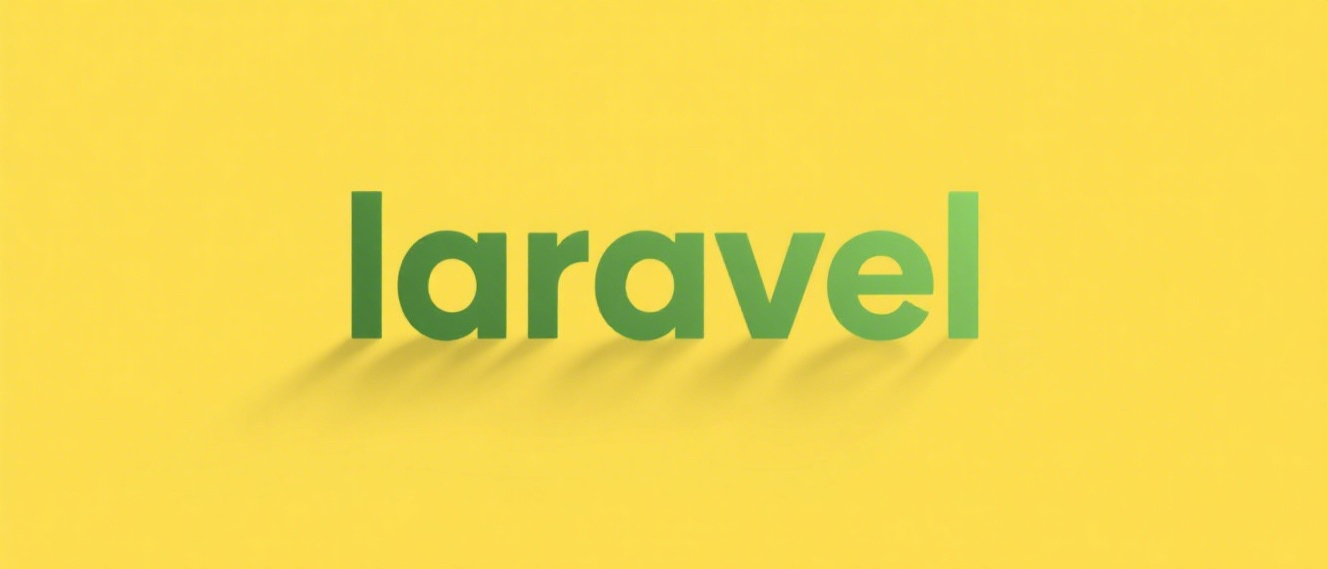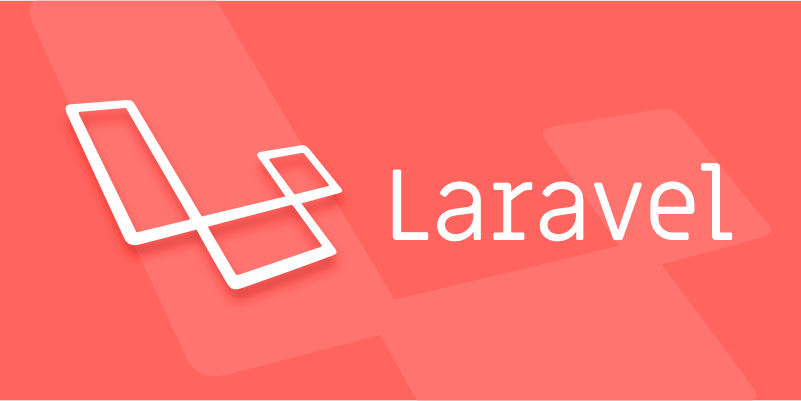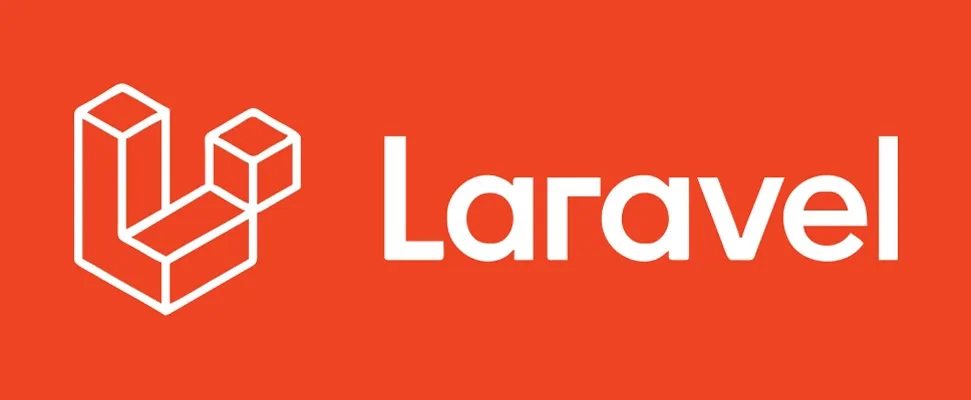Using Laravel Form Requests for validation and authorization
Jul 13, 2025 am 02:39 AMForm Request is a special class in Laravel for handling form validation and permission control, implemented by inheriting Illuminate\Foundation\Http\FormRequest. It encapsulates verification rules in rules() methods, such as verification rules that define titles and content, and supports dynamic adjustment rules such as excluding uniqueness checks for the current article ID. Permission control is implemented through the authorize() method, which can be used to determine whether the operation is allowed to be executed based on the user role or the authorization policy (Policy). In addition, Form Request also supports preprocessing data, custom error prompts, and attribute names, such as cleaning inputs through prepareForValidation(), and providing friendly prompts using messages() and attributes(). It is recommended to divide the Form Request class by business scenario and use it in conjunction with Policy to improve code maintainability.

In Laravel, Form Requests is a very useful tool if you need to handle both form validation and permission control. It extracts verification logic from the controller, not only making the code clearer, but also handling authorization checks in a unified manner to avoid bloated controllers.

What is Form Request?
Form Request is a class provided by Laravel that is specifically used to handle form requests. It is essentially a custom request class inherited from Illuminate\Foundation\Http\FormRequest , which can contain verification rules, authorization logic, and even preprocess input data.

You can create a Form Request through the Artisan command:
php artisan make:request StorePostRequest
The generated class will be placed in the app/Http/Requests directory (if this directory is not available, Laravel will be automatically created).

How to use Form Request for verification?
Verification is one of the core features of Form Request. You just need to return an array-like verification rule in rules() method.
For example, suppose you want to create an article publishing request, requiring the title to be at least 5 characters, and the content must exist:
public function rules()
{
Return [
'title' => 'required|string|min:5',
'content' => 'required|string',
];
}These rules are executed before the request reaches the controller. If the verification fails, Laravel will automatically return the 422 status code and error message, without you having to make a manual judgment in the controller.
In addition, you can dynamically adjust the rules based on the request, such as excluding the uniqueness verification of the current article ID when editing:
public function rules()
{
Return [
'title' => 'required|string|min:5|unique:posts,title,' . $this->post?->id,
];
}How to do permission control in Form Request?
In addition to verification, Form Request also provides an authorize() method to determine whether the current user has permission to initiate this request.
For example, only administrators can create articles:
public function authorize()
{
return $this->user()->isAdmin();
}Or more specifically control the editing permissions of an article:
public function authorize()
{
$post = Post::find($this->route('post'));
return $this->user()->can('update', $post);
}Laravel's authorization policy is used here to ensure that the user has permission to operate the corresponding model. If false is returned, Laravel will automatically return a 403 response.
This way, the permission judgment is also concentrated in the request object, rather than scattered in the various controllers.
Practical usage suggestions
- Divide Form Request by business : Do not reuse the same Form Request to deal with multiple different scenarios in order to save trouble. For example, it is best to separate two categories of "create articles" and "edit articles".
- Use authorization logic in combination with Policy : This allows authorization logic to be clearer and can be reused elsewhere.
- Preprocess data using
prepareForValidationappropriately : for example, clear spaces, format time, etc., process the data in advance before entering the verification process. - Customize error message and attribute names :
messages()andattributes()methods can make the error prompts more friendly.
For example:
public function messages()
{
Return [
'title.required' => 'Title cannot be empty',
'content.min' => 'The content cannot be less than:min word',
];
}
public function attributes()
{
Return [
'title' => 'Article Title',
'content' => 'Article content',
];
}A last tip
If you use multiple Form Requests in a controller method, note that they all perform verification and authorization in turn. In other words, as long as one of them fails, it will not continue to execute.
In addition, the Form Request class itself can also inject dependencies, such as database services or other help classes, so that you can make more complex judgments when verifying or authorizing.
Basically that's it. Using Form Request rationally can make your controller cleaner and make verification and authorization logic easier to maintain.
The above is the detailed content of Using Laravel Form Requests for validation and authorization. For more information, please follow other related articles on the PHP Chinese website!

Hot AI Tools

Undress AI Tool
Undress images for free

Undresser.AI Undress
AI-powered app for creating realistic nude photos

AI Clothes Remover
Online AI tool for removing clothes from photos.

Clothoff.io
AI clothes remover

Video Face Swap
Swap faces in any video effortlessly with our completely free AI face swap tool!

Hot Article

Hot Tools

Notepad++7.3.1
Easy-to-use and free code editor

SublimeText3 Chinese version
Chinese version, very easy to use

Zend Studio 13.0.1
Powerful PHP integrated development environment

Dreamweaver CS6
Visual web development tools

SublimeText3 Mac version
God-level code editing software (SublimeText3)

Hot Topics
 How to set environment variables in PHP environment Description of adding PHP running environment variables
Jul 25, 2025 pm 08:33 PM
How to set environment variables in PHP environment Description of adding PHP running environment variables
Jul 25, 2025 pm 08:33 PM
There are three main ways to set environment variables in PHP: 1. Global configuration through php.ini; 2. Passed through a web server (such as SetEnv of Apache or fastcgi_param of Nginx); 3. Use putenv() function in PHP scripts. Among them, php.ini is suitable for global and infrequently changing configurations, web server configuration is suitable for scenarios that need to be isolated, and putenv() is suitable for temporary variables. Persistence policies include configuration files (such as php.ini or web server configuration), .env files are loaded with dotenv library, and dynamic injection of variables in CI/CD processes. Security management sensitive information should be avoided hard-coded, and it is recommended to use.en
 How to make PHP container support automatic construction? Continuously integrated CI configuration method of PHP environment
Jul 25, 2025 pm 08:54 PM
How to make PHP container support automatic construction? Continuously integrated CI configuration method of PHP environment
Jul 25, 2025 pm 08:54 PM
To enable PHP containers to support automatic construction, the core lies in configuring the continuous integration (CI) process. 1. Use Dockerfile to define the PHP environment, including basic image, extension installation, dependency management and permission settings; 2. Configure CI/CD tools such as GitLabCI, and define the build, test and deployment stages through the .gitlab-ci.yml file to achieve automatic construction, testing and deployment; 3. Integrate test frameworks such as PHPUnit to ensure that tests are automatically run after code changes; 4. Use automated deployment strategies such as Kubernetes to define deployment configuration through the deployment.yaml file; 5. Optimize Dockerfile and adopt multi-stage construction
 What is Configuration Caching in Laravel?
Jul 27, 2025 am 03:54 AM
What is Configuration Caching in Laravel?
Jul 27, 2025 am 03:54 AM
Laravel's configuration cache improves performance by merging all configuration files into a single cache file. Enabling configuration cache in a production environment can reduce I/O operations and file parsing on each request, thereby speeding up configuration loading; 1. It should be enabled when the application is deployed, the configuration is stable and no frequent changes are required; 2. After enabling, modify the configuration, you need to re-run phpartisanconfig:cache to take effect; 3. Avoid using dynamic logic or closures that depend on runtime conditions in the configuration file; 4. When troubleshooting problems, you should first clear the cache, check the .env variables and re-cache.
 How to develop AI intelligent form system with PHP PHP intelligent form design and analysis
Jul 25, 2025 pm 05:54 PM
How to develop AI intelligent form system with PHP PHP intelligent form design and analysis
Jul 25, 2025 pm 05:54 PM
When choosing a suitable PHP framework, you need to consider comprehensively according to project needs: Laravel is suitable for rapid development and provides EloquentORM and Blade template engines, which are convenient for database operation and dynamic form rendering; Symfony is more flexible and suitable for complex systems; CodeIgniter is lightweight and suitable for simple applications with high performance requirements. 2. To ensure the accuracy of AI models, we need to start with high-quality data training, reasonable selection of evaluation indicators (such as accuracy, recall, F1 value), regular performance evaluation and model tuning, and ensure code quality through unit testing and integration testing, while continuously monitoring the input data to prevent data drift. 3. Many measures are required to protect user privacy: encrypt and store sensitive data (such as AES
 How to build a content payment platform through PHP How to implement PHP paid reading system
Jul 25, 2025 pm 06:30 PM
How to build a content payment platform through PHP How to implement PHP paid reading system
Jul 25, 2025 pm 06:30 PM
To build a PHP content payment platform, it is necessary to build a user management, content management, payment and permission control system. First, establish a user authentication system and use JWT to achieve lightweight authentication; second, design the backend management interface and database fields to manage paid content; third, integrate Alipay or WeChat payment and ensure process security; fourth, control user access rights through session or cookies. Choosing the Laravel framework can improve development efficiency, use watermarks and user management to prevent content theft, optimize performance requires coordinated improvement of code, database, cache and server configuration, and clear policies must be formulated and malicious behaviors must be prevented.
 PHP development user permission management monetization PHP permission control and role management
Jul 25, 2025 pm 06:51 PM
PHP development user permission management monetization PHP permission control and role management
Jul 25, 2025 pm 06:51 PM
User permission management is the core mechanism for realizing product monetization in PHP development. It separates users, roles and permissions through a role-based access control (RBAC) model to achieve flexible permission allocation and management. The specific steps include: 1. Design three tables of users, roles, and permissions and two intermediate tables of user_roles and role_permissions; 2. Implement permission checking methods in the code such as $user->can('edit_post'); 3. Use cache to improve performance; 4. Use permission control to realize product function layering and differentiated services, thereby supporting membership system and pricing strategies; 5. Avoid the permission granularity is too coarse or too fine, and use "investment"
 How to use PHP combined with AI to analyze video content PHP intelligent video tag generation
Jul 25, 2025 pm 06:15 PM
How to use PHP combined with AI to analyze video content PHP intelligent video tag generation
Jul 25, 2025 pm 06:15 PM
The core idea of PHP combining AI for video content analysis is to let PHP serve as the backend "glue", first upload video to cloud storage, and then call AI services (such as Google CloudVideoAI, etc.) for asynchronous analysis; 2. PHP parses the JSON results, extract people, objects, scenes, voice and other information to generate intelligent tags and store them in the database; 3. The advantage is to use PHP's mature web ecosystem to quickly integrate AI capabilities, which is suitable for projects with existing PHP systems to efficiently implement; 4. Common challenges include large file processing (directly transmitted to cloud storage with pre-signed URLs), asynchronous tasks (introducing message queues), cost control (on-demand analysis, budget monitoring) and result optimization (label standardization); 5. Smart tags significantly improve visual
 Explain Laravel Eloquent Scopes.
Jul 26, 2025 am 07:22 AM
Explain Laravel Eloquent Scopes.
Jul 26, 2025 am 07:22 AM
Laravel's EloquentScopes is a tool that encapsulates common query logic, divided into local scope and global scope. 1. The local scope is defined with a method starting with scope and needs to be called explicitly, such as Post::published(); 2. The global scope is automatically applied to all queries, often used for soft deletion or multi-tenant systems, and the Scope interface needs to be implemented and registered in the model; 3. The scope can be equipped with parameters, such as filtering articles by year or month, and corresponding parameters are passed in when calling; 4. Pay attention to naming specifications, chain calls, temporary disabling and combination expansion when using to improve code clarity and reusability.






